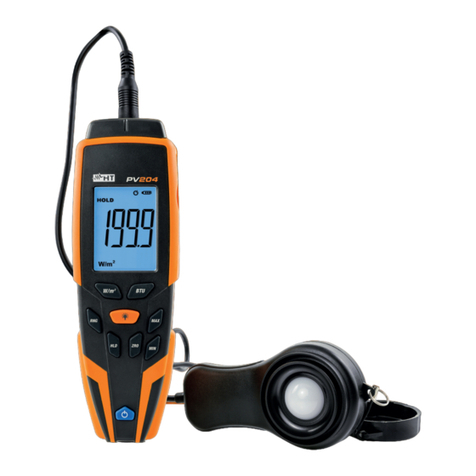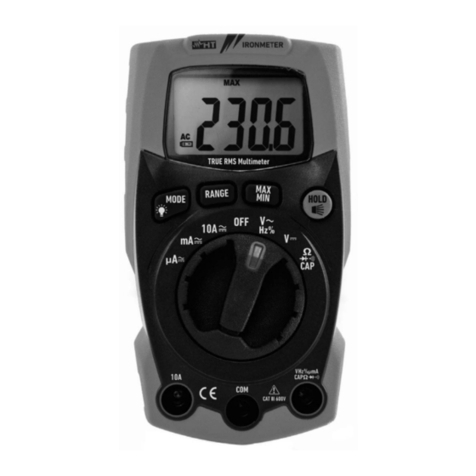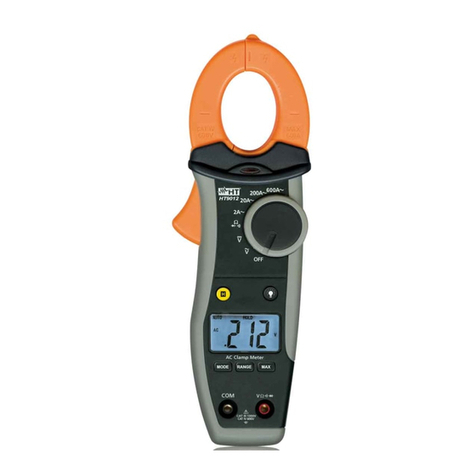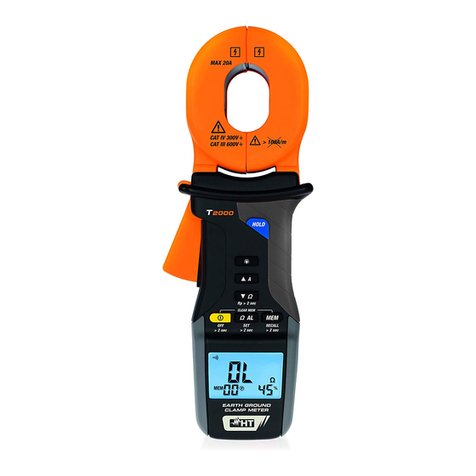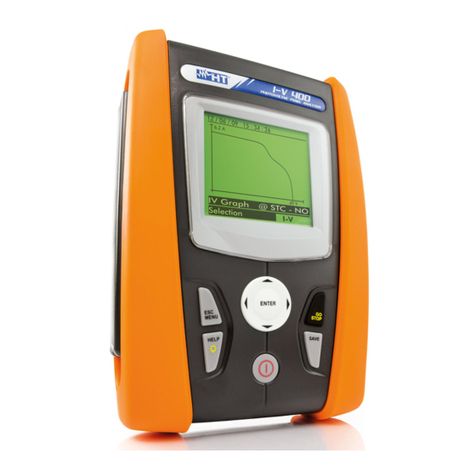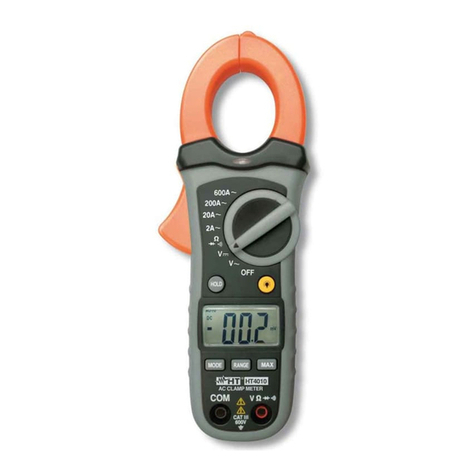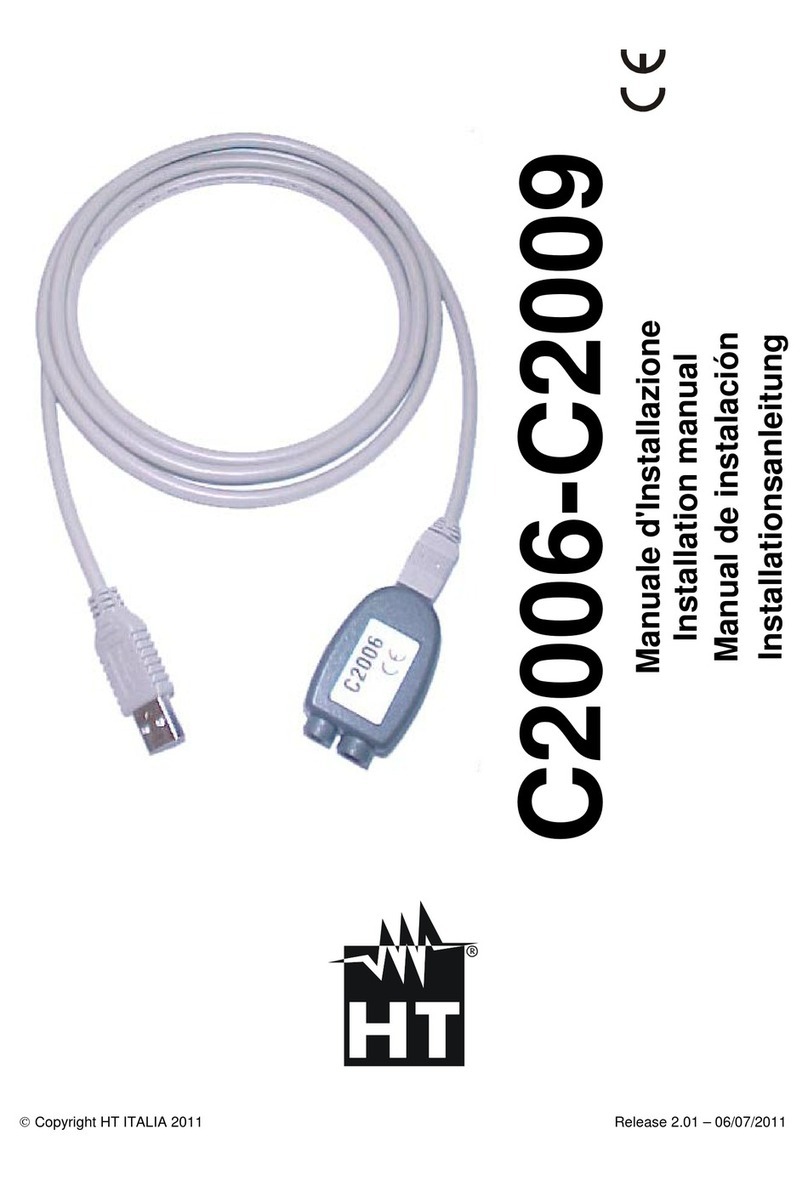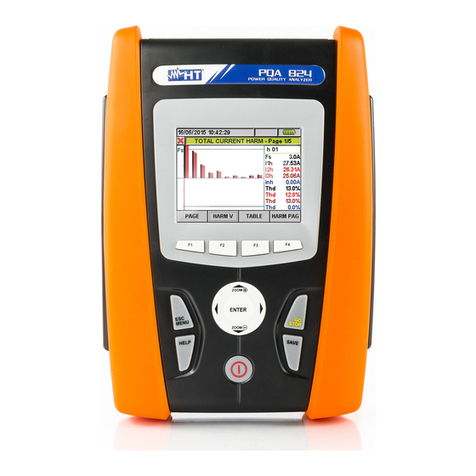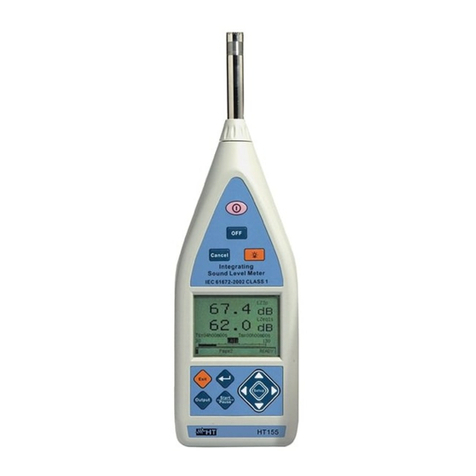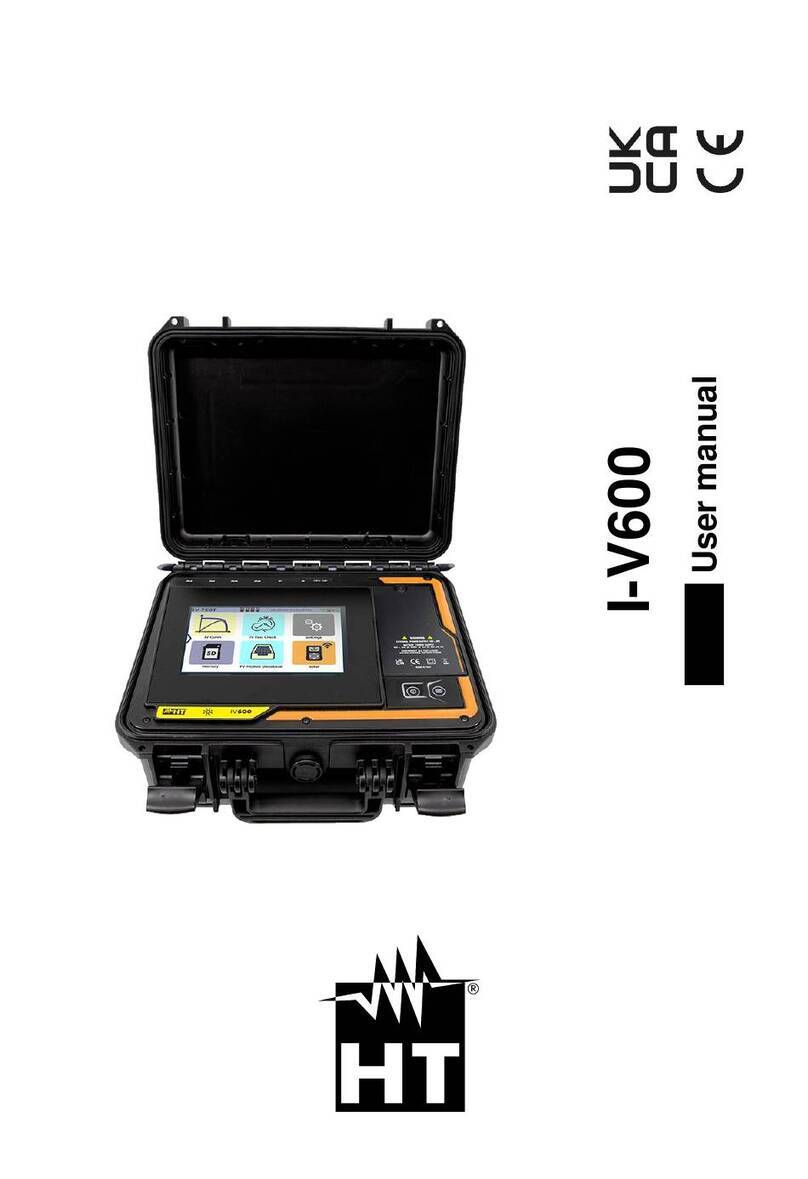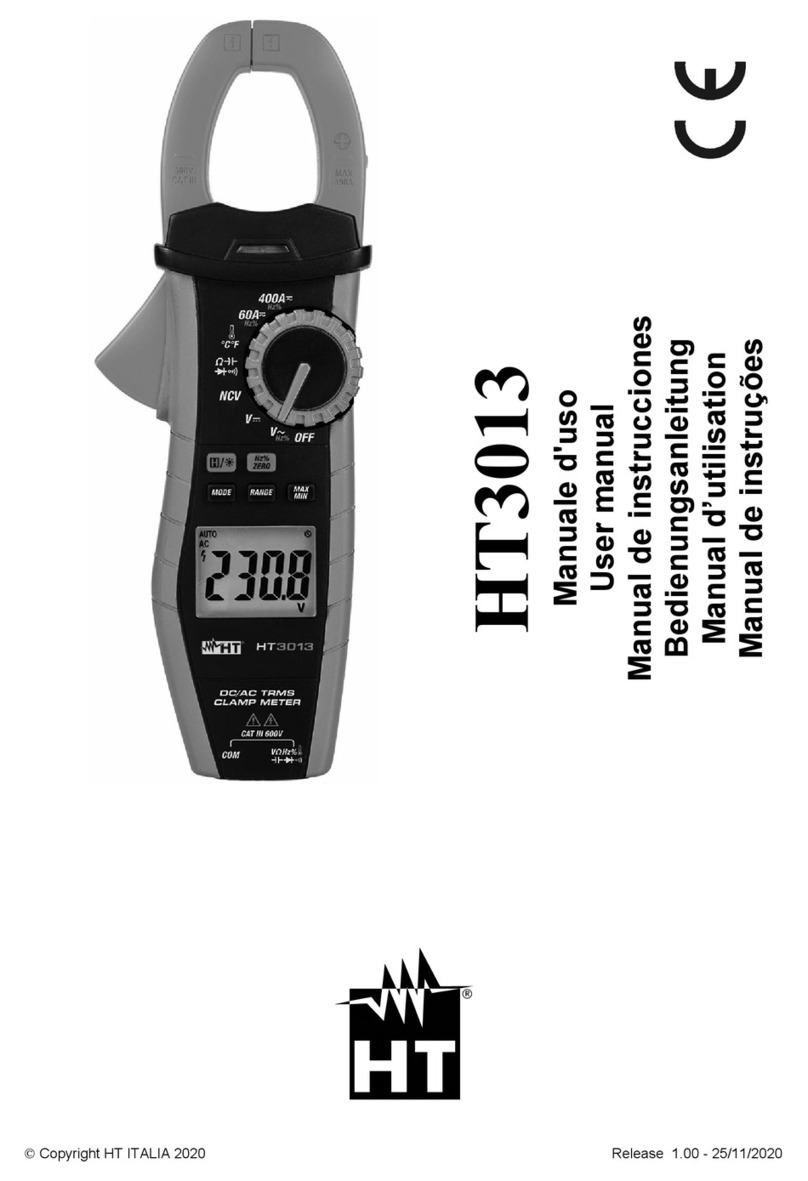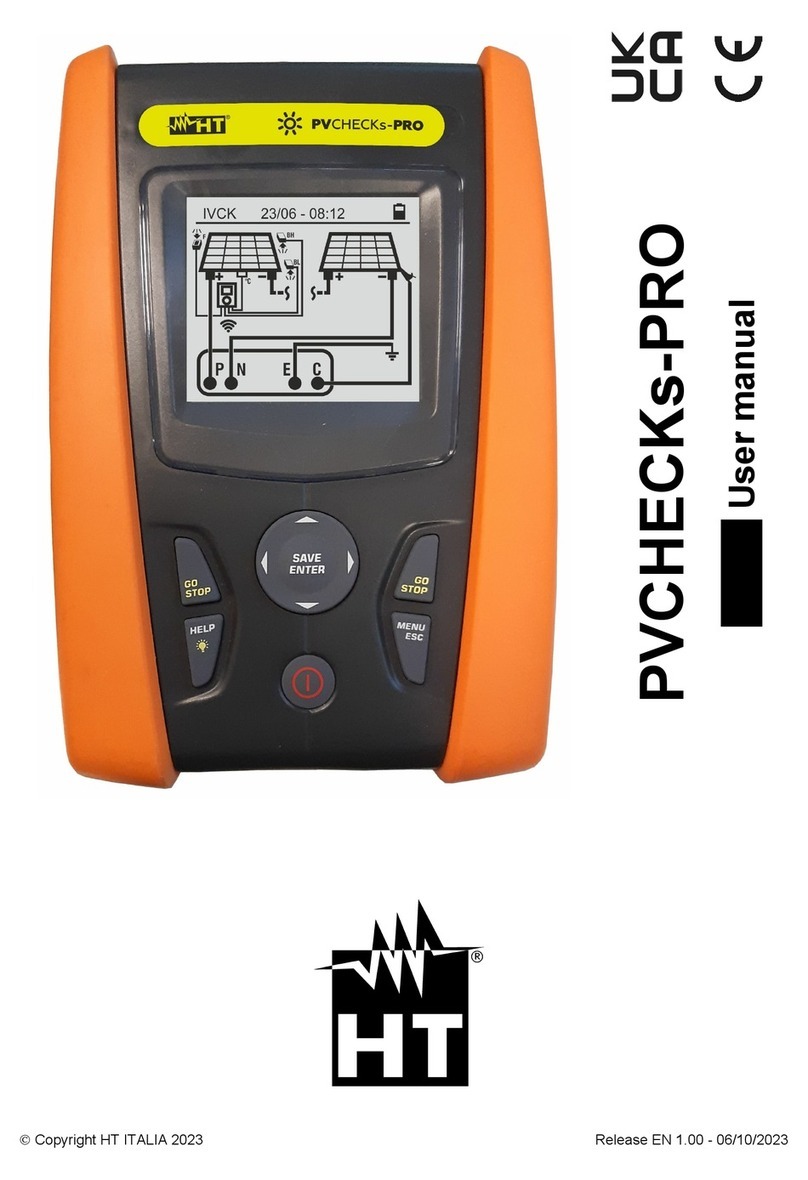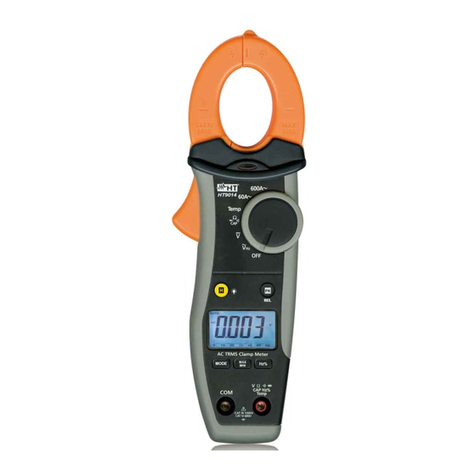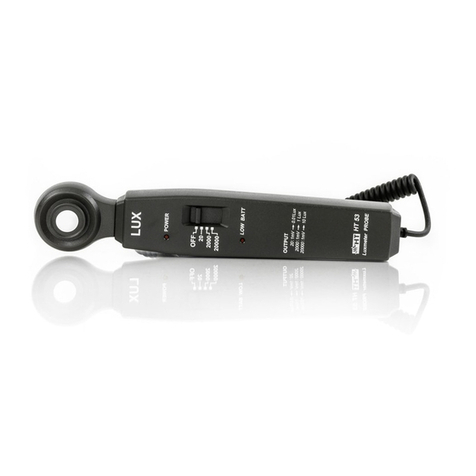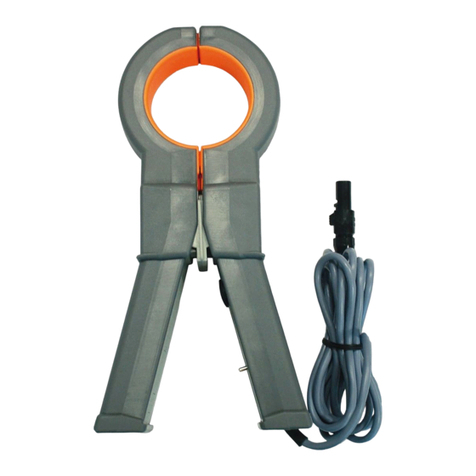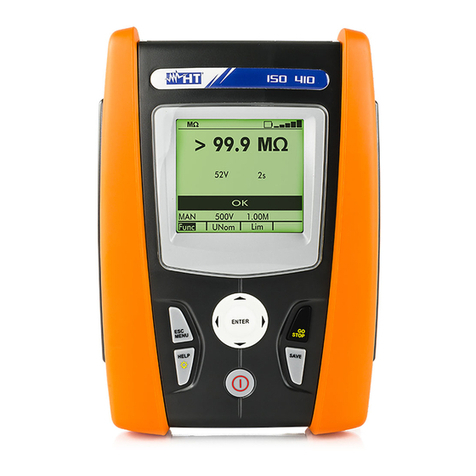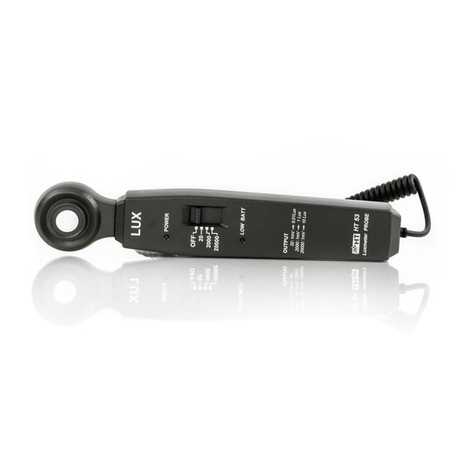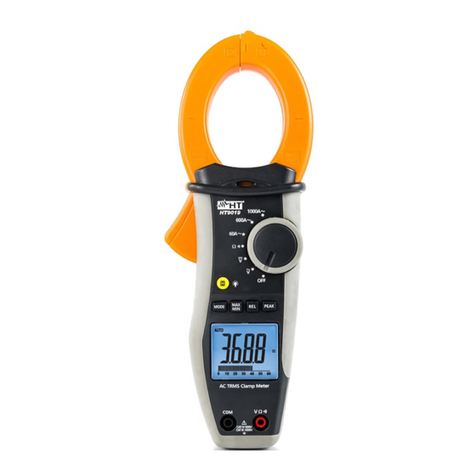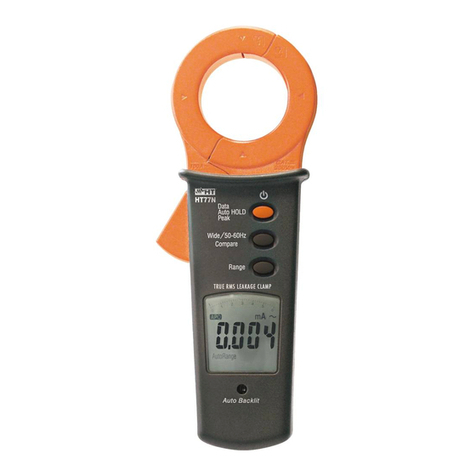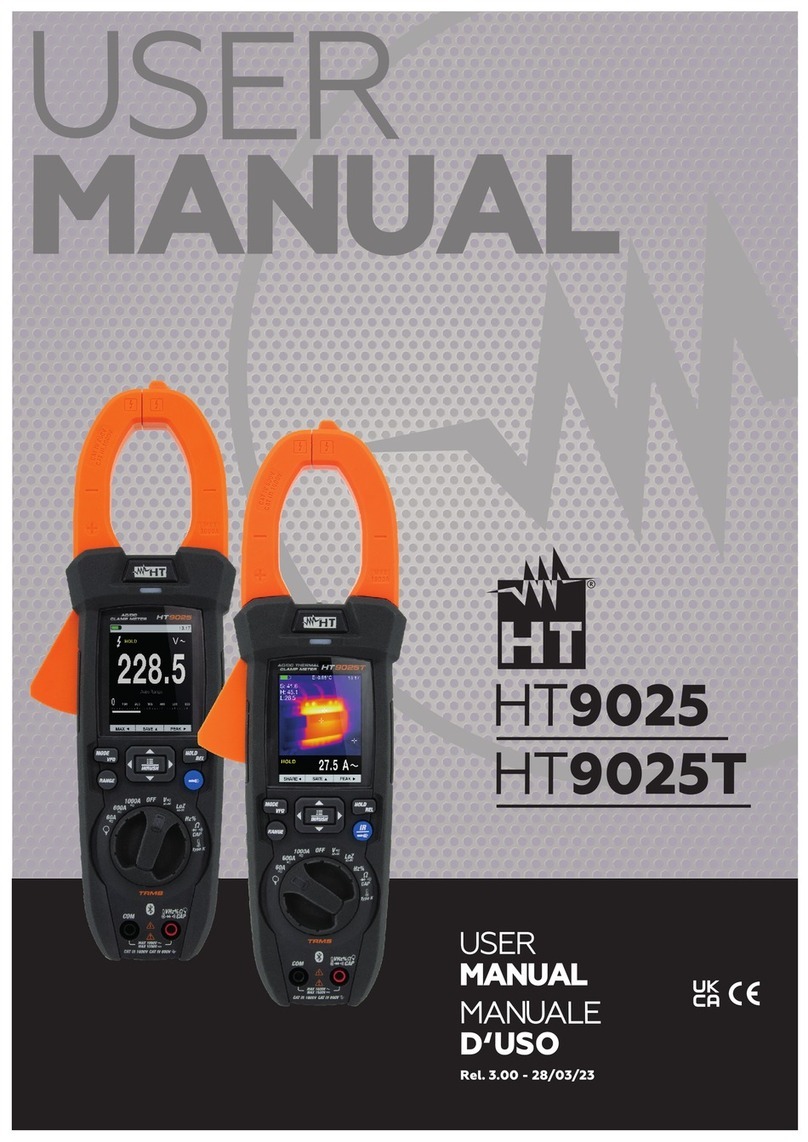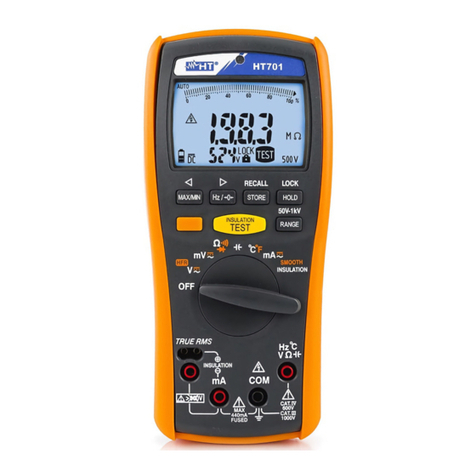
F3000
EN - 1
Table of contents:
1.PRECAUTIONS AND SAFETY MEASURES ...............................................................2
1.1.Preliminary instructions ..................................................................................................... 2
1.2.During use......................................................................................................................... 3
1.3.After use............................................................................................................................ 3
1.4.Definition of measurement (overvoltage) category............................................................ 3
2.GENERAL DESCRIPTION ...........................................................................................4
3.PREPARATION FOR USE ...........................................................................................4
3.1.Initial checks...................................................................................................................... 4
3.2.Instrument power supply ................................................................................................... 4
3.3.Calibration ......................................................................................................................... 4
3.4.Storage.............................................................................................................................. 4
4.OPERATING INSTRUCTIONS.....................................................................................5
4.1.Instrument description....................................................................................................... 5
4.1.1.Description of the controls .......................................................................................................... 5
4.1.2.Opening/closing flexible clamp jaw ............................................................................................ 6
4.2.Description of functions keys............................................................................................. 7
4.2.1./HOLD key.............................................................................................................................. 7
4.2.2.Backlight key ........................................................................................................................ 7
4.2.3.Disabling the Auto Power OFF function ..................................................................................... 7
4.3.Operating instruction ......................................................................................................... 8
4.3.1.AC Current measurement........................................................................................................... 8
5.MAINTENANCE ...........................................................................................................9
5.1.General information........................................................................................................... 9
5.2.Batteries replacement ....................................................................................................... 9
5.3.Cleaning the instrument .................................................................................................... 9
5.4.End of life .......................................................................................................................... 9
6.TECHNICAL SPECIFICATIONS ................................................................................10
6.1.Technical characteristics ................................................................................................. 10
6.1.1.Electrical specifications ............................................................................................................ 10
6.1.2.Reference guideline.................................................................................................................. 10
6.1.3.General characteristics............................................................................................................. 10
6.2.ENVIRONMENT.............................................................................................................. 11
6.2.1.Environmental conditions for use ............................................................................................. 11
6.3.Accessories..................................................................................................................... 11
6.3.1.Standard accessories ............................................................................................................... 11
7.SERVICE....................................................................................................................12
7.1.Warranty conditions......................................................................................................... 12
7.2.Service ............................................................................................................................ 12












